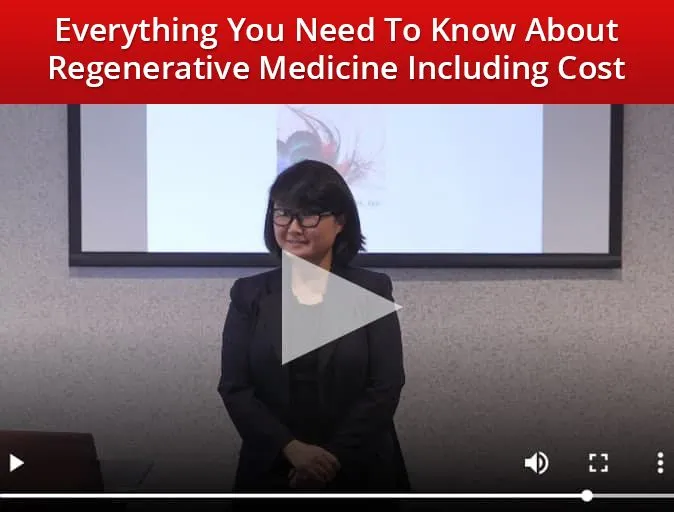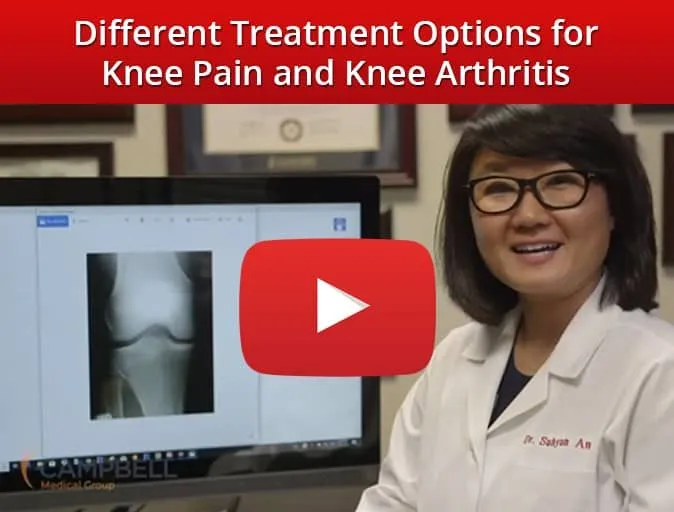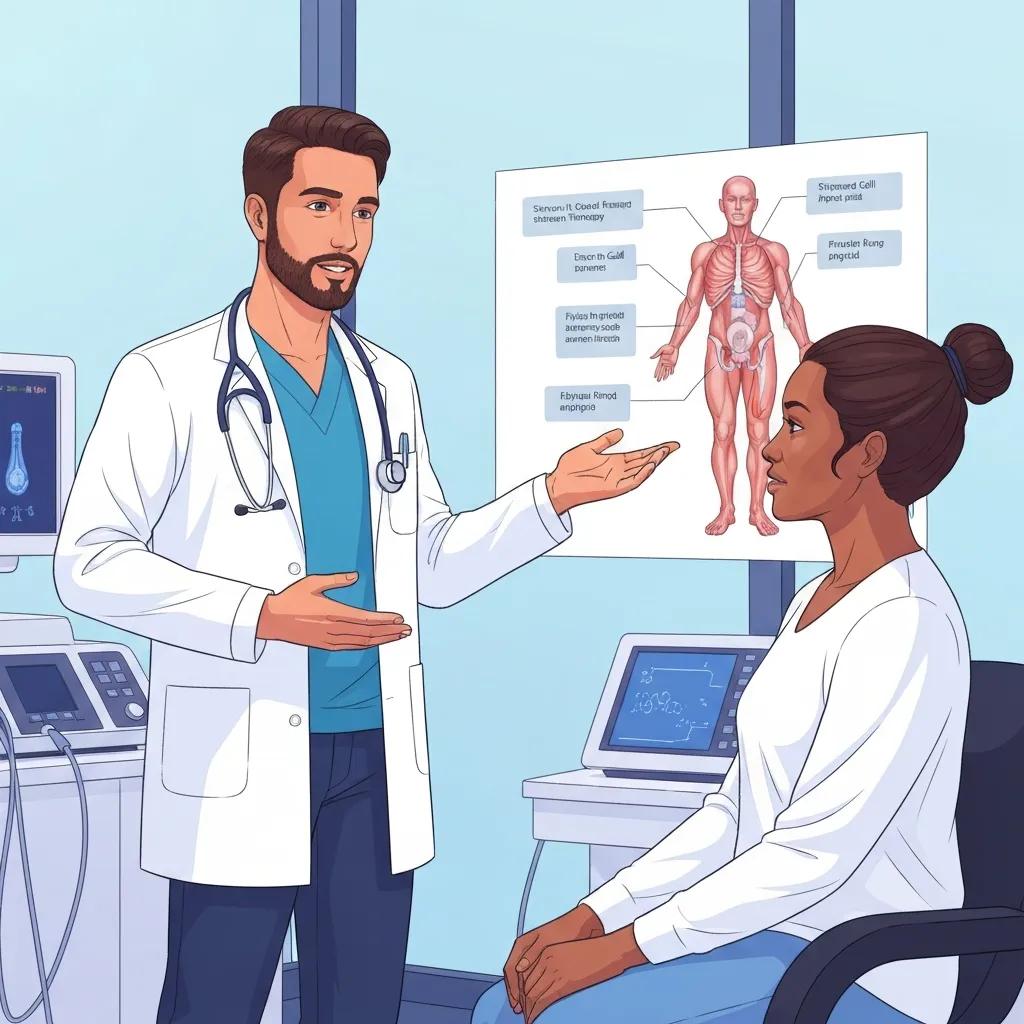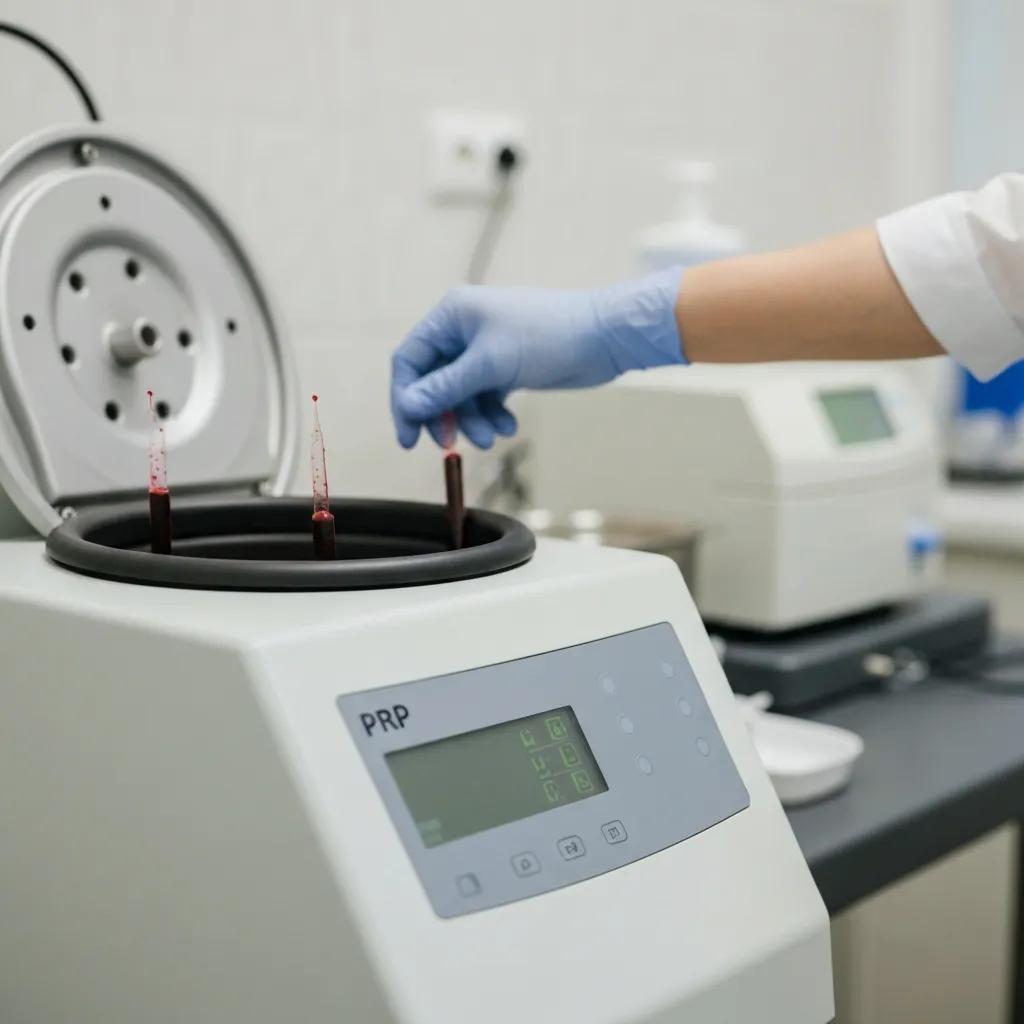Causes, Symptoms, and Advanced Treatments for Extremity Numbness
By Dr Suhyun An
Extremity numbness affects millions worldwide by disrupting sensation, coordination, and quality of life—approximately 20 million Americans experience peripheral neuropathy alone. Identifying the root causes, recognizing hallmark signs, and accessing timely interventions can prevent progression and restore function. This guide maps out common origins—from nerve compression syndromes to systemic diseases—and highlights diagnostic tools, conventional care, and cutting-edge regenerative medicine approaches such as PRP, stem cell, and exosome therapies. You will learn how to differentiate sensory, motor, and autonomic symptoms, understand when to seek urgent care, and compare standard treatments with novel regenerative protocols. Along the way, practical prevention strategies and targeted supplements for long-term nerve health will round out your roadmap to managing and overcoming extremity numbness.
What Are the Common Causes of Extremity Numbness?
Extremity numbness arises when peripheral nerves are injured, compressed, inflamed, or deprived of essential nutrients. Compression syndromes, metabolic disorders, and lifestyle factors all disrupt nerve signal conduction or damage axons and myelin sheaths. Common causes span peripheral neuropathy due to diabetes, nerve entrapments like carpal tunnel and sciatica, systemic conditions such as thyroid or kidney disease, and deficiencies in vitamins B12 and B6. Understanding these origins clarifies why sensation and movement become impaired and sets the stage for symptom recognition and targeted treatment. The next sections explore specific mechanisms from neuropathy to environmental triggers that underlie chronic numbness.
How Does Peripheral Neuropathy Cause Numbness in Limbs?
Peripheral neuropathy is nerve damage outside the brain and spinal cord that impairs signal transmission. Elevated blood glucose in diabetes induces metabolic changes—such as glycation and oxidative stress—that injure nerve fibers and supporting Schwann cells. This damage leads to slowed conduction velocity, manifesting as numbness, tingling, or burning in hands and feet. In autoimmune neuropathies, antibodies attack myelin sheaths and axons, further disrupting sensory input and provoking pain. Early recognition of these mechanisms allows for interventions—like blood sugar control or immunomodulation—that protect nerves and prevent irreversible loss of sensation.
Which Nerve Compression Syndromes Lead to Numb Hands and Feet?
Compression syndromes occur when anatomical tunnels pinch nerves, causing localized ischemia and demyelination.
- Carpal tunnel syndrome compresses the median nerve at the wrist, producing numbness in the thumb, index, and middle fingers.
- Cubital tunnel syndrome irritates the ulnar nerve at the elbow, leading to numbness along the ring and little fingers.
- Sciatica stems from lumbar spine nerve root impingement, sending radiating numbness down the back of the leg.
- Tarsal tunnel syndrome traps the tibial nerve behind the medial ankle, resulting in foot sole numbness.
Each syndrome shares a mechanism of mechanical stress → focal demyelination → sensory disruption and often benefits from decompression or regenerative interventions to restore nerve health.
What Systemic Diseases Contribute to Chronic Numbness in Extremities?
Systemic diseases can impair nerve health through metabolic, vascular, or inflammatory pathways.
| Condition | Mechanism | Impact on Nerves |
|---|---|---|
| Diabetes mellitus | Hyperglycemia → oxidative stress | Demyelinates peripheral axons |
| Thyroid disease | Hypothyroidism → myelin breakdown | Slows conduction velocity |
| Chronic kidney disease | Uremic toxins accumulate | Axonal degeneration |
| Multiple sclerosis | Autoimmune myelin attack | Patchy sensory loss |
This comparative view clarifies how each condition disrupts nerve integrity and underscores the importance of managing systemic factors before exploring advanced therapies.
How Do Lifestyle and Environmental Factors Affect Extremity Numbness?
Lifestyle and environmental contributors play a substantial role in peripheral nerve health by influencing toxin exposure and nutrient status.
- Excessive alcohol consumption induces direct axonal toxicity and thiamine depletion, leading to alcoholic neuropathy.
- Smoking impairs microvascular blood flow, starving nerves of oxygen and nutrients.
- Repetitive motions, such as typing or assembly-line work, cause chronic compression and localized ischemia.
- Vitamin deficiencies—especially B12, B6, and E—compromise myelin synthesis and axonal repair.
Addressing these modifiable factors lays the groundwork for both prevention and improved outcomes with conventional or regenerative treatments.
What Are the Key Symptoms and Signs of Peripheral Neuropathy and Nerve Damage?
Recognizing sensory, motor, and autonomic signs of nerve damage is critical for early diagnosis and intervention. Sensory symptoms often precede motor impairment and signal the need for further evaluation. Differentiating symptom types guides targeted diagnostics and helps predict which therapies—such as physical rehabilitation or regenerative injections—will yield the best recovery.
What Sensory Symptoms Indicate Nerve Damage in Hands and Feet?
Sensory manifestations of nerve injury include numbness, tingling, and dysesthesias caused by disrupted signal transmission.
- Numbness denotes lost ability to perceive light touch or temperature changes.
- Tingling or “pins and needles” arises from ectopic nerve firing after injury.
- Burning or shooting pain reflects hyperexcitable nociceptors responding to minor stimuli.
These symptoms often follow a “stocking-glove” distribution, beginning at the extremities and progressing proximally, which differentiates peripheral neuropathy from central nervous system disorders.
How Do Motor and Autonomic Symptoms Present in Extremity Numbness?
Motor and autonomic involvement signifies more extensive nerve damage affecting myelinated fibers and autonomic ganglia. Patients may experience:
- Muscle weakness or atrophy from impaired motor neuron input.
- Cramps and fasciculations due to unstable neuromuscular junction activity.
- Loss of coordination and balance from proprioceptive fiber disruption.
- Excessive sweating or dry skin when autonomic fibers regulating sweat glands are damaged.
The combination of these deficits often correlates with more severe neuropathy and guides the urgency of intervention.
When Should You Seek Medical Attention for Numbness in Extremities?
Any acute onset of numbness, especially with weakness or balance loss, warrants prompt evaluation to rule out serious causes.
- Sudden numbness accompanied by limb weakness or paralysis suggests vascular occlusion or spinal cord compression.
- Progressive sensory loss over weeks, particularly in diabetics, signals worsening neuropathy that benefits from medical optimization.
- Severe burning pain unresponsive to over-the-counter analgesics may require prescription medications or interventional therapies.
Early referral for neurological examination prevents irreversible damage and opens pathways to both conventional and regenerative treatments.
How Is Extremity Numbness Diagnosed?
Diagnosing extremity numbness involves clinical evaluation and objective tests to pinpoint nerve dysfunction and its etiology. A combination of physical exams, neurophysiological studies, imaging, and laboratory panels provides comprehensive insight into nerve health. Understanding this diagnostic algorithm is essential before selecting targeted therapies.
What Role Do Physical and Neurological Exams Play in Diagnosis?
A detailed physical and neurological examination establishes the pattern and severity of nerve involvement. Reflex testing assesses integrity of spinal segments; diminished reflexes point to peripheral damage. Pin-prick and vibration tests map sensory deficits and help distinguish large-fiber from small-fiber neuropathies. Muscle strength evaluations and gait analysis reveal motor involvement and guide further electrodiagnostic testing.
How Do Nerve Conduction Studies and Electromyography Help Identify Nerve Damage?
Nerve conduction studies (NCS) measure the speed and amplitude of electrical impulses along peripheral nerves, identifying demyelination or axonal loss. Electromyography (EMG) records electrical activity within muscles at rest and during contraction, detecting denervation and reinnervation patterns. Combined, NCS and EMG localize lesions, quantify severity, and inform prognosis for recovery with both conventional and regenerative treatments.
Which Imaging and Blood Tests Are Used to Find Underlying Causes?
Imaging modalities and laboratory panels uncover structural and metabolic contributors to numbness.
- MRI evaluates spinal stenosis, herniated discs, or nerve root compression.
- X-rays detect bone spurs or skeletal abnormalities impinging nerves.
- Blood panels measure glucose control (HbA1c), thyroid hormones, renal function, and vitamin B12 levels.
This integrated diagnostic approach ensures that systemic diseases and anatomical lesions are addressed before initiating advanced therapies.
What Are the Conventional Treatments for Numb Hands and Feet?
Conventional management of extremity numbness focuses on symptom relief, functional restoration, and prevention of further nerve injury. Standard care combines pharmacotherapy, physical rehabilitation, lifestyle modification, and, where appropriate, surgical decompression. These modalities remain foundational even as regenerative options gain traction.
How Do Medications Help Manage Symptoms of Extremity Numbness?
Medications target neuropathic pain and aberrant nerve signaling to improve comfort and function.
- Anti-seizure drugs (gabapentin, pregabalin) stabilize neuronal membranes and reduce ectopic firing.
- Tricyclic antidepressants and SNRIs modulate neurotransmitters involved in pain perception.
- Topical agents such as lidocaine patches provide localized relief.
These pharmacotherapies can be combined with regenerative injections to optimize symptom control while promoting nerve repair.
What Physical Therapies and Lifestyle Changes Support Nerve Health?
Physical therapy and lifestyle interventions enhance circulation, strengthen muscles, and prevent secondary complications.
- Graded exercise programs improve blood flow and promote neuroplasticity.
- Ergonomic adjustments and splinting reduce chronic compression in carpal and cubital tunnels.
- Blood sugar optimization and smoking cessation protect nerves from metabolic and vascular injury.
These supportive measures create an optimal environment for both conventional treatment efficacy and advanced regenerative outcomes.
When Is Surgery Recommended for Nerve Compression Syndromes?
Surgical decompression becomes necessary when conservative measures fail to relieve persistent numbness or motor weakness.
- Carpal tunnel release involves incising the transverse carpal ligament to free the median nerve.
- Sciatica interventions, such as microdiscectomy, remove herniated disc fragments compressing nerve roots.
Timely surgery halts progressive nerve damage and often precedes or complements regenerative therapies to maximize functional recovery.
How Does Regenerative Medicine Treat Nerve Damage and Extremity Numbness?
Regenerative medicine harnesses the body’s intrinsic healing capacity by delivering concentrated biological factors to injured nerves. Therapies such as PRP, stem cell, and exosome injections aim to reduce inflammation, stimulate axonal growth, and restore myelin integrity. Early clinical evidence suggests these approaches can complement or surpass conventional care in promoting durable nerve regeneration.
What Is PRP Therapy and How Does It Help Nerve Regeneration?
Platelet-rich plasma (PRP) therapy concentrates growth factors from a patient’s own blood to accelerate tissue repair and modulate inflammation.
- Growth factors such as PDGF and VEGF enhance Schwann cell proliferation and angiogenesis.
- Injected PRP around compressed nerves reduces local fibrosis and provides neurotrophic support.
The application of PRP to the repair site has been shown in animal models to aid in the remyelination of the sciatic nerve in rats.
Platelet-Rich Plasma for Peripheral Nerve Regeneration
Activated platelets release various growth factors, some of which are recognized to improve nerve regeneration. This study evaluated the effect of platelet-rich plasma (PRP) in end-to-end neurorrhaphy. In this animal model, the application of PRP to the repair site helped to improve remyelinization of the sciatic nerve in rats when the epineural repair was done with six sutures.
Effect of platelet-rich plasma on peripheral nerve regeneration, 2008
Patients with mild to moderate neuropathy often experience reduced pain and improved sensation within weeks, making PRP a minimally invasive adjunct to standard protocols.
How Does Stem Cell Therapy Promote Healing in Damaged Nerves?
Stem cell therapy delivers multipotent mesenchymal stem cells (MSCs) that secrete neurotrophic factors and differentiate into supportive cell types.
- MSCs release NGF and BDNF, which guide axonal sprouting and remyelination.
- Transplanted stem cells integrate into nerve sheaths, restoring structural integrity.
Clinical studies in diabetic neuropathy report improved nerve conduction velocities and diminished sensory deficits, underscoring stem cell therapy’s potential to reverse chronic nerve damage.
What Are the Emerging Benefits of Exosome Therapy for Neuropathic Pain?
Exosomes—nano-vesicles derived from stem cells—carry proteins, lipids, and miRNAs that orchestrate tissue repair without transplanting live cells.
- Anti-inflammatory exosome cargo downregulates proinflammatory cytokines around injured nerves.
- Exosomes promote Schwann cell migration and myelin sheath restoration.
Early-phase trials demonstrate pain reduction and functional gains comparable to cell-based therapies, positioning exosomes as a future standard for neuropathic pain management.
Who Is a Good Candidate for Regenerative Treatments?
Ideal candidates for regenerative therapies are those with persistent numbness or pain unresponsive to conservative care, without severe structural nerve discontinuity. Patients should have controllable systemic factors—such as stable blood sugar—and be free from active infections or malignancies. Collaborative evaluation by neurology and regenerative specialists ensures personalized protocols that maximize safety and efficacy.
How Can You Prevent and Manage Chronic Numbness in Extremities?
Long-term nerve health requires proactive prevention and consistent management strategies that support regeneration and protect existing fibers. Integrating dietary, exercise, and supplement protocols minimizes recurrence and enhances resilience against future insults.
Which Lifestyle Habits Support Nerve Regeneration and Reduce Numbness?
Adopting healthy lifestyle habits fosters optimal nerve repair and functional recovery.
- Regular aerobic and resistance exercise enhances circulation and neuroplasticity.
- Avoidance of alcohol and tobacco prevents toxic and vascular nerve damage.
- Adequate hydration and electrolyte balance support axonal conduction.
These habits create a physiological milieu conducive to both conventional and regenerative treatment success.
What Vitamins and Supplements Are Important for Nerve Function?
Supplemental nutrients play pivotal roles in myelin synthesis, axonal metabolism, and antioxidative protection.
| Nutrient | Role | Evidence |
|---|---|---|
| Vitamin B12 | Myelin formation and DNA synthesis | Deficiency linked to peripheral neuropathy |
| Vitamin B6 | Neurotransmitter synthesis | Improves nerve conduction in trials |
| Vitamin E | Antioxidant shielding of myelin | Reduces oxidative damage in nerve tissue |
| Magnesium | Neuromuscular transmission regulation | Associated with fewer cramps and paresthesia |
Incorporating these supplements under medical supervision addresses subclinical deficiencies and bolsters nerve resilience.
How Do Complementary Therapies Like Acupuncture and Herbal Remedies Help?
Complementary interventions target pain modulation and microcirculation to support nerve recovery. Acupuncture stimulates endogenous opioid release and increases local blood flow, alleviating neuropathic discomfort. Herbal remedies—such as turmeric and holy basil—offer anti-inflammatory and antioxidant compounds that protect neural tissue. When combined with regenerative medicine, these therapies enhance overall outcomes through multimodal support.
What Are Frequently Asked Questions About Extremity Numbness?
What Causes Numbness in Hands and Feet?
Numbness in hands and feet results from disrupted nerve signal transmission due to compression, metabolic injury, inflammation, or nutrient deficiencies. Common culprits include peripheral neuropathy (often diabetes-related), carpal tunnel syndrome, vitamin B12 deficiency, and autoimmune disorders.
Can Numbness in Extremities Be Cured?
While some causes of numbness can be reversed—such as vitamin deficiencies and mild compression syndromes—permanent nerve regeneration depends on timely intervention. Conventional treatments manage symptoms, and regenerative medicine offers potential for actual nerve repair.
When Should I Worry About Numbness in My Extremities?
Seek urgent evaluation if numbness appears suddenly with weakness, balance loss, or after trauma. Progressive loss of sensation over weeks also requires medical attention to prevent irreversible nerve damage.
How Long Does It Take to Recover From Nerve Damage?
Recovery timelines vary by severity and treatment modality. Mild compression injuries may improve within weeks, while regenerative approaches for diabetic neuropathy often require three to six months to demonstrate significant functional gains and symptom relief.
Numbness in extremities can stem from diverse causes, but early recognition and a tailored treatment plan—including conventional and regenerative options—offer the best path to restored sensation and function. Balancing systemic management, supportive therapies, and advanced biologics lays a sustainable foundation for long-term nerve health and quality of life. Continuous monitoring and healthy lifestyle habits further ensure that improvements are maintained and progression is halted. Consult healthcare professionals to choose the right combination of interventions and embark on a comprehensive strategy for overcoming extremity numbness.









